Omusubi is more than just a snack or meal – it’s a cultural experience that has been enjoyed in Japan for centuries.
Made from carefully cooked and seasoned rice, these little rice balls are more than just a staple of Japanese cuisine; they are a symbol of Japanese culture and tradition.
Whether you’re a food lover looking to try something new or a fan of Japanese cuisine looking for a taste of home, omusubi offers a delicious and convenient way to satisfy your cravings.

What is omusubi?
Omusubi, also known as onigiri, is a traditional Japanese snack or meal made from cooked and seasoned rice that is typically shaped into a ball or triangle and filled with various ingredients such as pickled plum, salted salmon, tuna salad, or seasoned vegetables.
The rice is usually seasoned with salt or other seasonings such as furikake (a Japanese seasoning blend) or sesame seeds.
Omusubi is often wrapped in nori (dried seaweed) or a thin layer of omelet to add flavor and make it easier to hold.
What does omusubi taste like?
Omusubi has a mild taste with a slightly salty and savory flavor from the seasoned rice.
The filling can add a variety of different tastes, from savory to sweet, depending on what is used.
For example, a filling of umeboshi (pickled plum) will add a sour and salty taste, while a filling of tuna salad will add a creamy and slightly sweet taste.
The texture of omusubi is soft and chewy, and the rice is slightly sticky, making it a satisfying and comforting snack or meal.
What are the health benefits of omusubi?
Omusubi is a low-fat, low-calorie snack that is high in carbohydrates and provides a source of energy.
It also contains essential nutrients such as protein, fiber, and vitamins and minerals from any fillings that are added.

How do I prepare omusubi?
To prepare omusubi, cooked sushi rice is seasoned with salt and vinegar and then shaped into a ball or triangle.
The rice ball is often filled with various ingredients and wrapped in nori.
It is often eaten as a snack or light meal in Japan and is popular for picnics or as a packed lunch.
It can also be served as an appetizer or side dish in Japanese restaurants.
Watch the video guide here for making omusubi.
Is omusubi suitable for vegans and vegetarians?
Omusubi can be made vegan and vegetarian-friendly by using plant-based fillings such as umeboshi (pickled plum), shiitake mushrooms, grilled eggplant, avocado, or vegetable tempura.
You can also season the rice with salt or furikake (Japanese seasoning) instead of using meat-based seasonings.
However, it is important to read the label of the fillings or seasonings to ensure that they do not contain any animal products or byproducts.
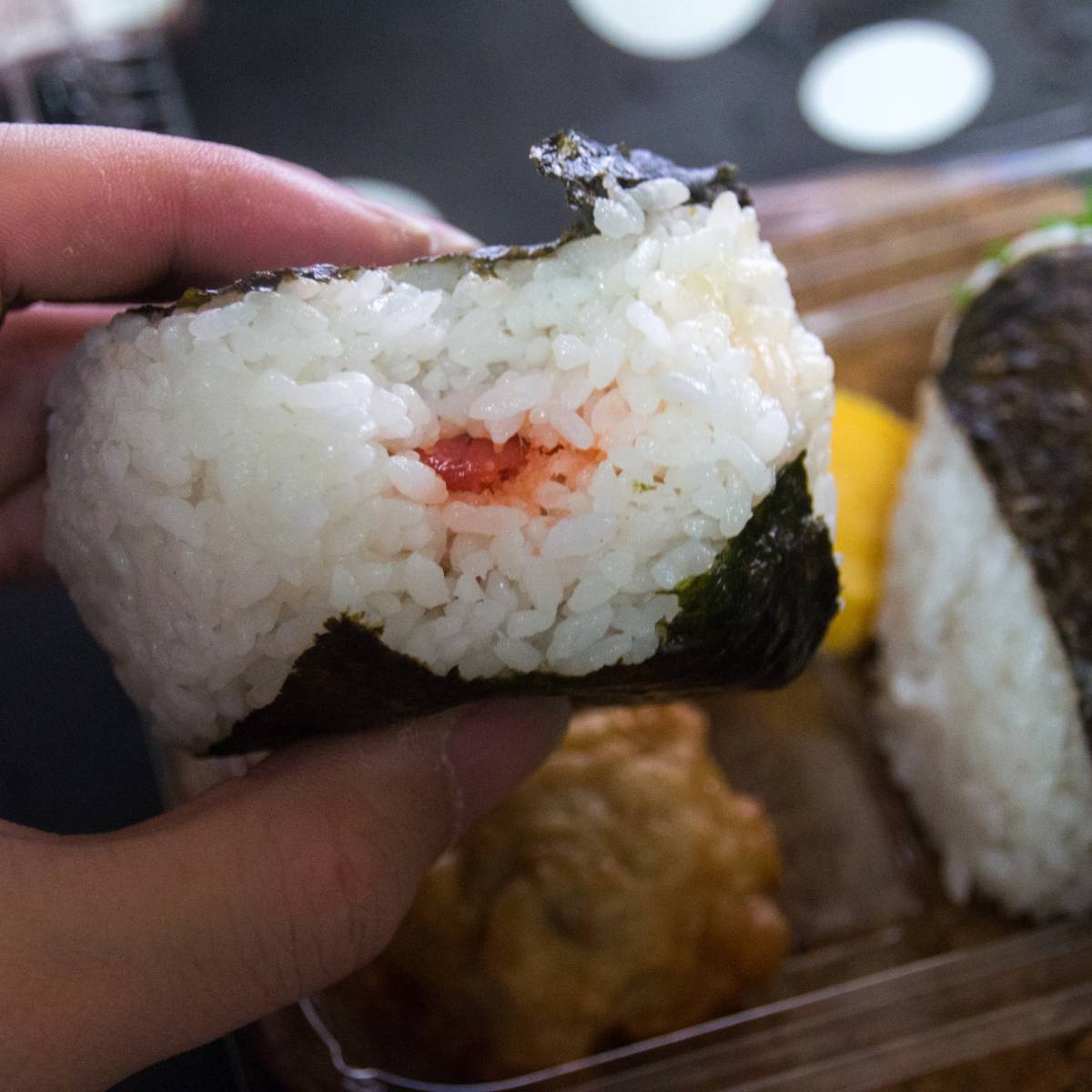
Where can I buy omusubi?
Omusubi can be found in Japanese grocery stores or specialty stores that sell Japanese food products.
Some supermarkets with international sections may also carry pre-packaged omusubi.
If you live in a city with a large Japanese population, you may also be able to find omusubi at local Japanese bakeries or convenience stores such as 7-Eleven or Family Mart.
Alternatively, you can also make your own omusubi at home using a rice cooker and fillings of your choice.
There are also various online retailers that sell pre-packaged omusubi and omusubi-making kits.
How should I store omusubi?
Omusubi should be wrapped in plastic wrap or stored in an airtight container to prevent drying out.
They can be stored at room temperature for a few hours or in the refrigerator for up to a day.
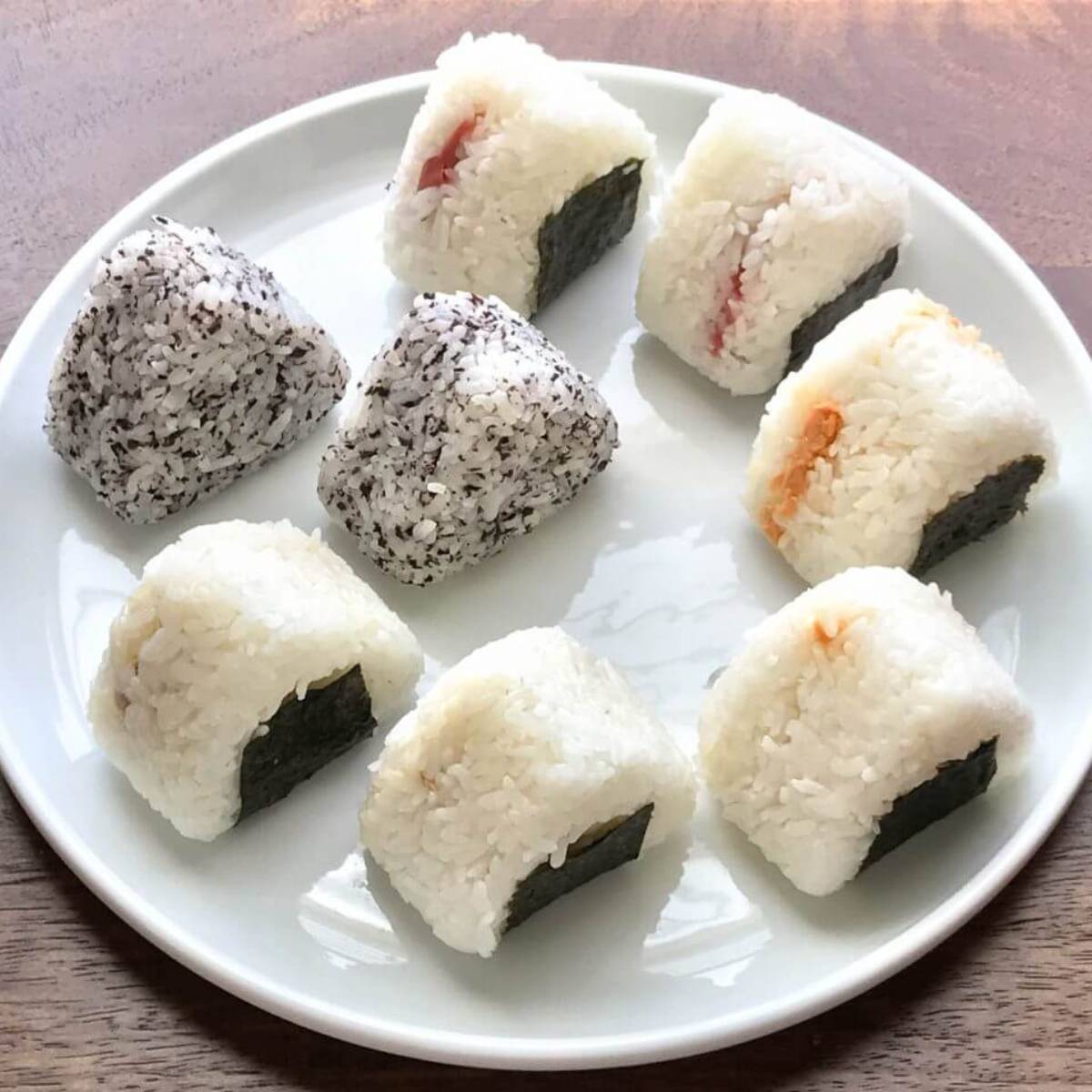
What are the different types of omusubi?
There are many different types of omusubi, with fillings that can range from simple to complex.
Some popular fillings include umeboshi (pickled plum), salmon, tuna, teriyaki chicken, and vegetables such as shiitake mushrooms or eggplant.
It can also be made with various seasonings and flavors, such as wasabi or soy sauce.
You can try some of my omusubi recipes below:
Conclusion
With its simple yet satisfying combination of seasoned rice and various fillings, omusubi is a staple of Japanese cuisine that has gained popularity around the world.
Whether you prefer classic fillings like salmon and pickled plum, or more unconventional options like fried chicken or tuna salad, there’s an omusubi flavor to suit every taste.
So next time you’re looking for a quick and tasty meal or snack, give omusubi a try and discover why it’s become a favorite of foodies and Japanese cuisine enthusiasts alike.
If you want to try plant-based recipes, you can avail my Plant-based Japanese Cooking Mini Cours.


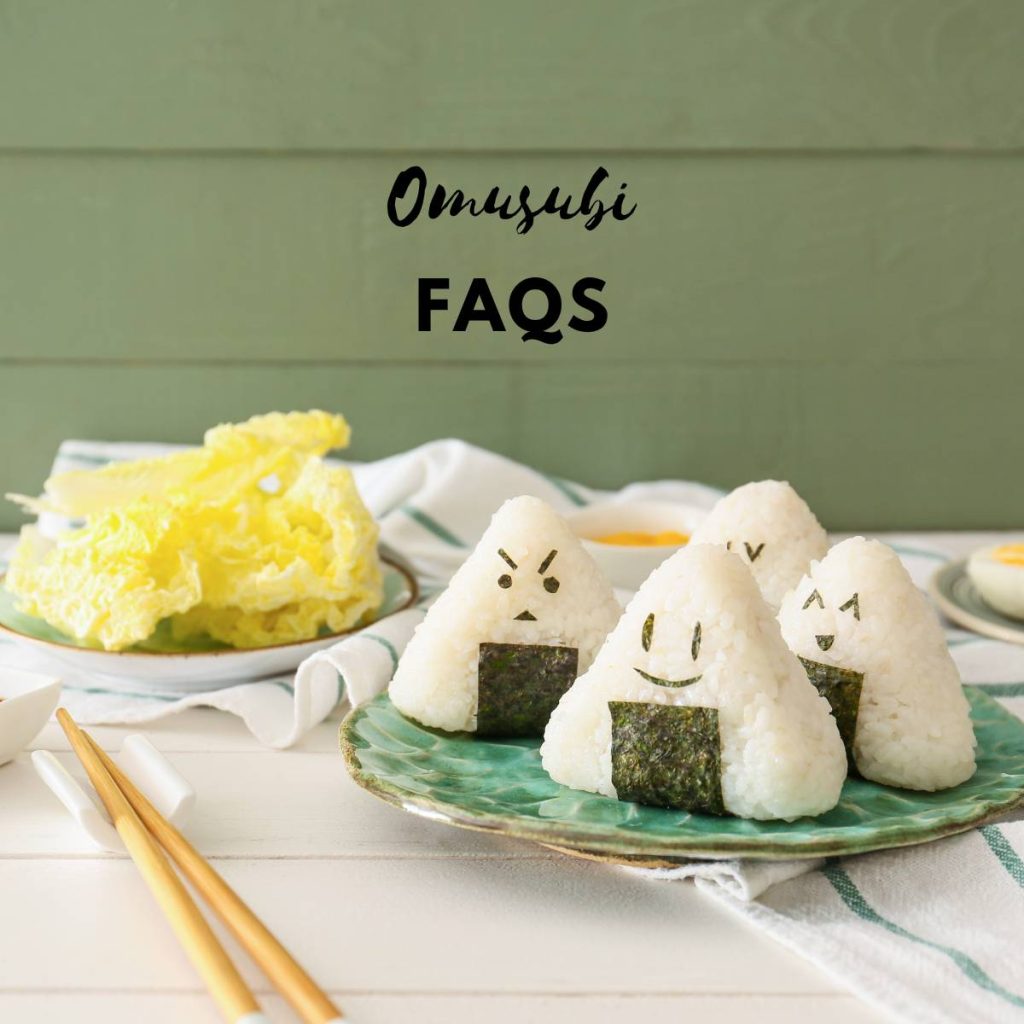





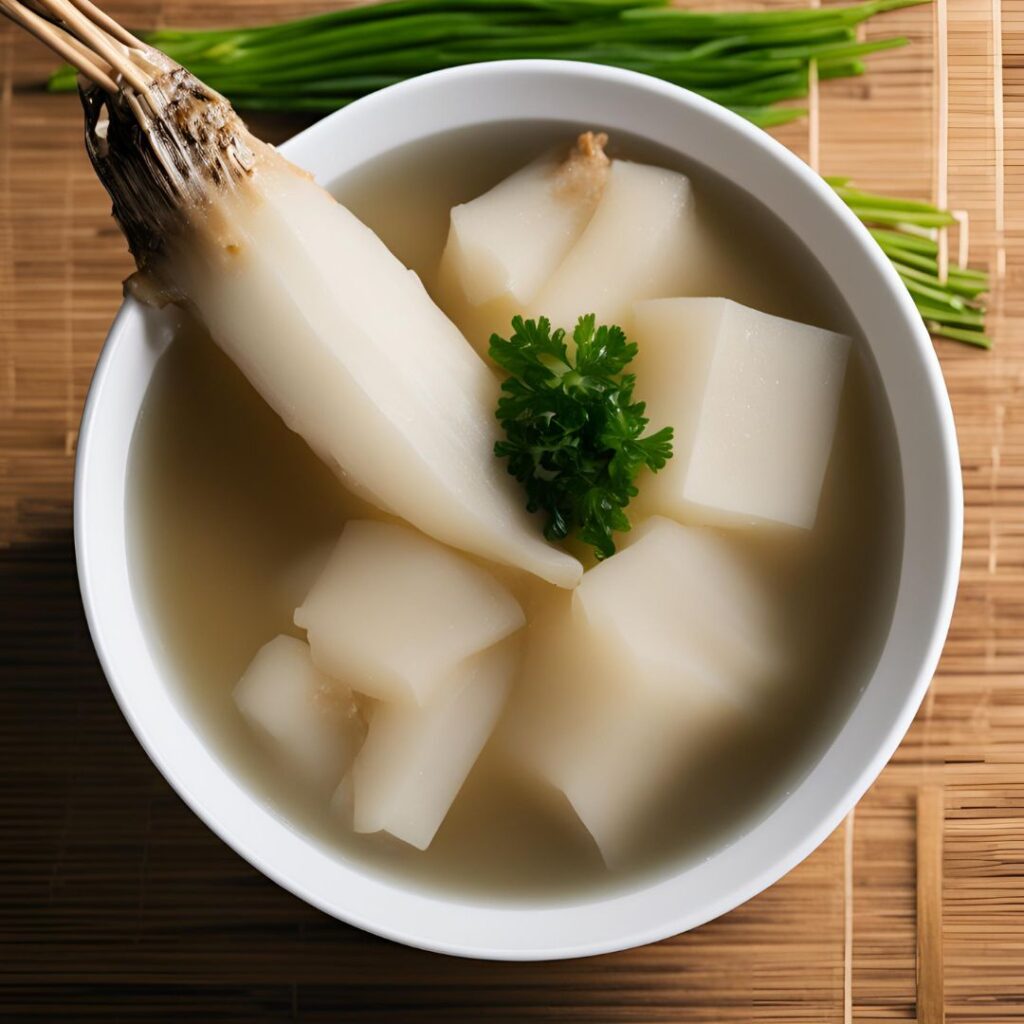

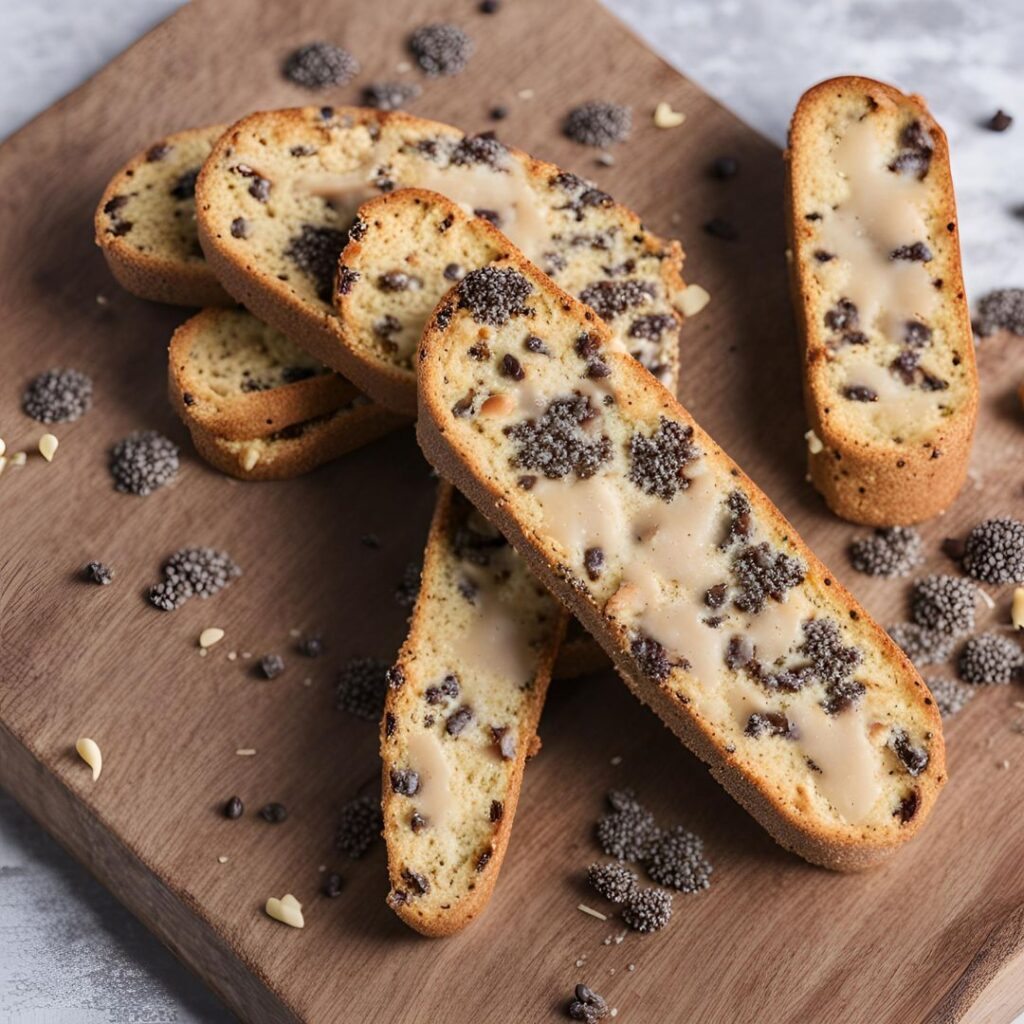
Konnichiwa! (Hello!) I'm Pat Tokuyama, a Japanese tofu cookbook author, who travels for music, food, and adventure. If you like Japanese tea, checkout some of the newestorganic japanese tea, matcha bowls and noren and more!
** Curious about the Plant Based Japanese Cooking Club? ** Learn more here!